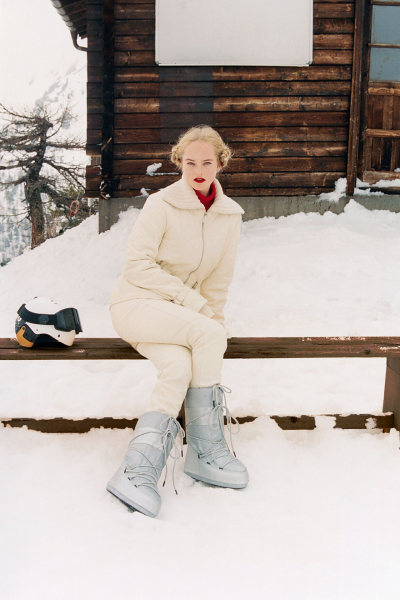
Winter may technically be marked by moisture – snow, sleet, etc – but it’s a dry time for the skin, especially for those who spend the season on the slopes. Days spent skiing or snowboarding find complexions at the mercy of winter’s harshest elements. “Our skin’s exposure to snowy climates and winter sports subjects us to increased dryness, windburn and sunburn – all of which take their toll,” says board-certified dermatologist Blair Murphy-Rose. High altitude plays its part too, reducing humidity levels and leaving skin more vulnerable to irritation, redness and dullness. Add to that the chilly atmosphere, direct skin exposure to snow and ice, and the chapping winds borne out of a ride down the mountain, and you’ve got a recipe for a raw and irritated complexion.
The solution? A skincare routine designed to bolster skin both before and after a snow session. “It’s best to baby your skin as much as possible when exposing it to extreme weather like snow and wind,” says Dr Murphy-Rose. This means opting for adequate hydration and safeguards against free radicals and reflected rays ahead of your adventures and making sure that serious cleansing and moisturising are integrated into your après skincare routine.
Here, a guide to protecting and nourishing your snow-day skin.
Pre-snow and wind protection
In addition to donning gloves and face coverings (think a scarf or balaclava) before lift-off, prepping your skin for its exposure to the elements starts with layering products.
Vitamin C serum
Your snow day protection has levels to it, starting with a vitamin C serum. “A well-formulated vitamin C serum will amplify the protective effects of your sunscreen,” says board-certified dermatologist and skin-cycling creator Whitney Bowe, who recommends starting with her own Asta C Vitamin C Age Defense Serum, while Dr Murphy-Rose reaches for the popular SkinCeuticals CE Ferulic. An antioxidant layer works with your SPF to guard skin against UV damage and other free radicals.
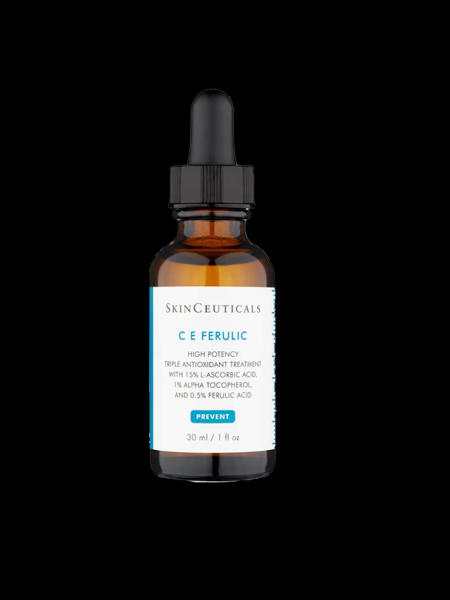
SkinCeuticals C E Ferulic Antioxidant Vitamin C Serum for Normal/Dry Skin
£165
Look Fantastic
Emollient moisturiser
“After your antioxidant, apply a heavier moisturiser [than usual] to serve as a physical barrier between your skin and the environment,” says Dr Murphy-Rose, who recommends rich moisturisers that include ceramides and squalane. “A good moisturiser is the foundation of your skincare routine, especially during the winter months when the air is so dry,” says Dr Bowe, who adds hyaluronic acid to the list of must-feature ingredients. Try Le Domaine’s The Cream or SkinCeuticals Triple Lipid Restore.
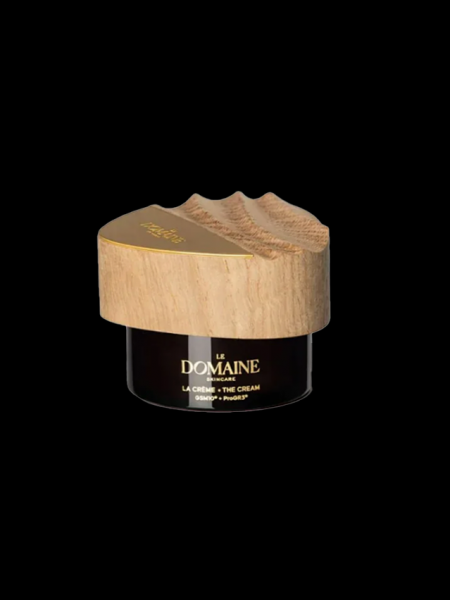
Le Domaine The Cream
£194
Le Domaine
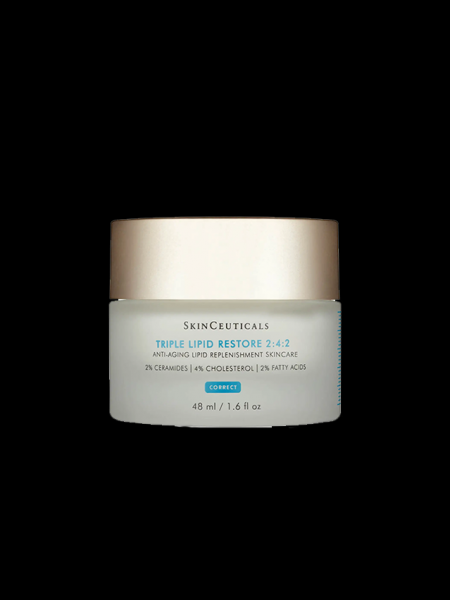
SkinCeuticals Triple Lipid Restore
£148
Look Fantastic
Sun protection
Your SPF is the last step. “At high altitudes, the ultraviolet rays are especially strong, and while most people realise they need to reapply sunscreen at the beach, many people don’t think about applying sunscreen on the slopes,” says Dr Bowe. Opt for a mineral-based sunscreen with SPF30 or higher – like EltaMD UV Clear Broad-Spectrum SPF46 or Dr Dennis Gross All-Physical Lightweight Wrinkle Defence Broad Spectrum Sunscreen – even on cloudy days.
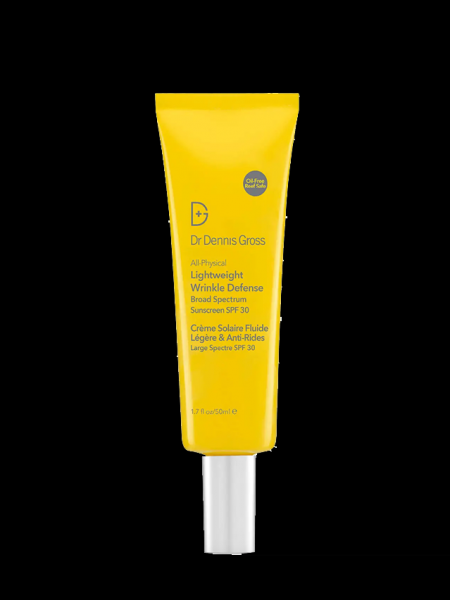
Dr Dennis Gross Skincare All-Physical Lightweight Wrinkle Defence SPF30
£48
Cult Beauty
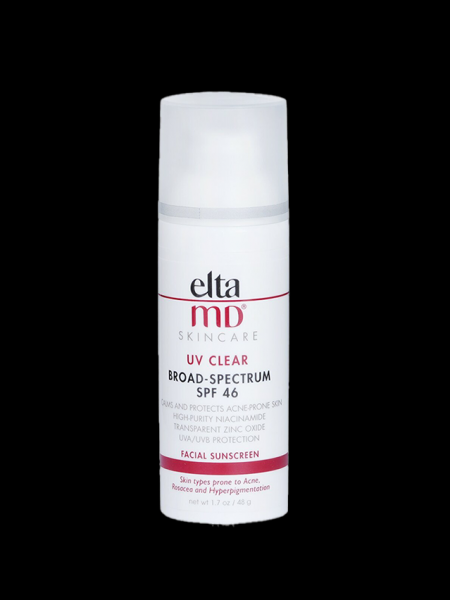
EltaMD UV Clear Facial Sunscreen SPF46
£45.95
Cosmetics Now
Add-ons
Protection need not apply to your complexion alone. “If you tend to get a runny nose from cold weather, apply a thin coat of Aquaphor under the nose to protect from chapping,” suggests Dr Murphy-Rose. The same goes for your lips. “The mucosal surfaces of the lips are particularly prone to drying. Use a nonirritating lip balm or ChapStick, and use it very frequently.”
Après-ski skincare
Home and cosy? Before you get too comfortable, consider your skin – just a few steps help to nourish and rejuvenate a snow-sapped complexion.
Wash it off
“Remove all the skincare products at the end of the day,” says Dr Murphy-Rose. “Sleeping with sunscreen and a heavier cream on your skin can clog pores and enlarge their appearance, plus lead to breakouts.” She reaches for gentle cleansers like Beauty Pie Super Healthy Skin Gentle Foamy Face Wash, the better to remove products without stripping or disturbing the skin. “Wash with lukewarm water to avoid further skin irritation after the snow,” she says.
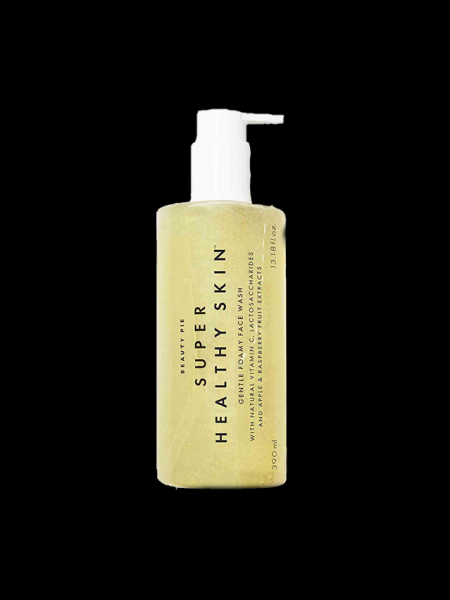
Super Healthy Skin Foamy Face Wash – Jumbo Size
£15
Beauty Pie
More moisture
Your clean, post-snow skin needs more moisture. “Apply a skin-soothing moisturiser to help replenish and rejuvenate skin overnight,” recommends Dr Murphy-Rose. Try La Roche-Posay Toleriane Double Repair Face Moisturiser or Dr Jart+ Ceramidin Cream in addition to the aforementioned options.
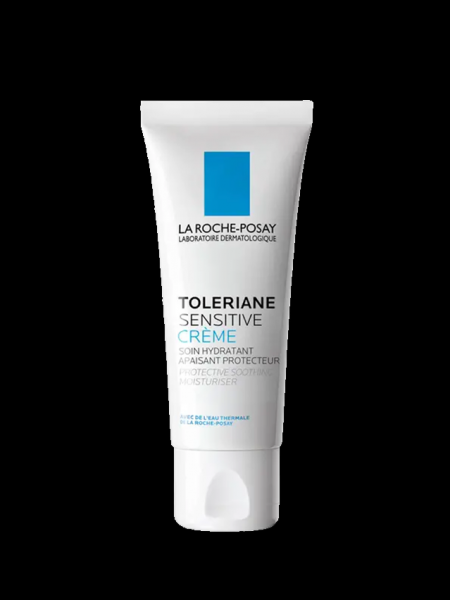
La Roche-Posay Toleraine Sensitive Moisturiser
£19
Cult Beauty
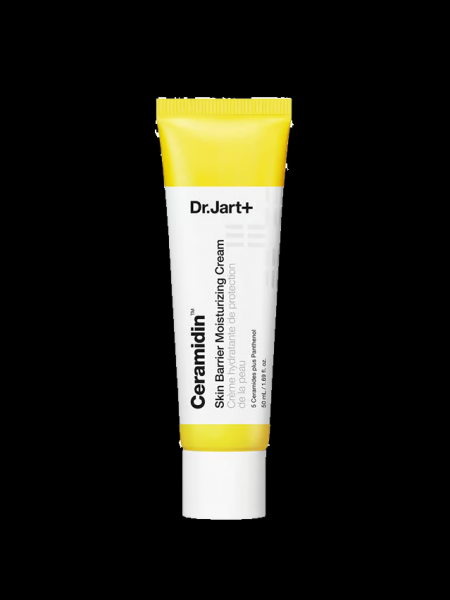
Dr Jart+ Ceramidin Cream
£38
Feel Unique
Restore your barrier
Without proper attention, too much snow time may result in a compromised skin barrier. “Signs of a compromised skin barrier include redness, rough texture, stinging, burning, accentuated fine lines and wrinkles, textural issues, or flares of acne or rosacea,” says Dr Bowe. “If this happens, the first step is to get your skin back to baseline by focusing on nourishing, hydrating ingredients and taking a break from potent actives, which can be irritating.” This means temporarily eschewing vitamin C serum, retinoids, and exfoliants. “Once your skin barrier is back to baseline (this should only take a few days to a week max), slowly reintegrate your powerful actives back into your routine,” says Dr Bowe. After a few weeks, you should be ready to dial back up to your typical routine, but don’t forget to listen to your skin and meet your skin where it is.”
Up the humidity
If the snow life is pretty much your regular life, you may want to increase the moisture levels in your own home. “Consider sleeping with a humidifier to optimise your environment once in a more controlled indoor setting,” says Dr Murphy-Rose. “A humidifier raises the moisture level in the air to better protect your skin and help to replenish moisture levels while snoozing.”